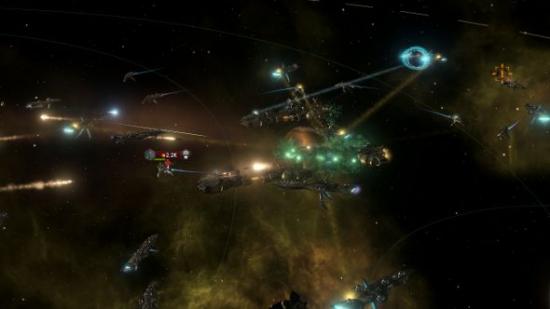Not being a traditional 4X game, it should come as no surprise that Stellaris’ first major piece of DLC, Leviathans, has an unusual focus: it’s concerned primarily with adding a bit of extra oomph to the storytelling potential to its stellar maps. The slumbering Fallen Empires, intimidating superpowers that mostly keep to the themselves, have been given new life, and the galaxy is a bit more deadly for it.
Read more: the best PC strategy games.
What is a surprise, however, is that the best parts of this update are entirely free, taking the form of patch 1.3, otherwise known as Heinlein.
Leviathans undoubtedly brings with it the flashier elements of the update. A new end-game crisis where two Fallen Empires go to war, leaving the rest of the galaxy to pick a side or simply hide; Enclaves that let you trade minerals and credits, construct monuments or get new star charts; and extra-troublesome space monsters known as Guardians, which can’t be defeated until you’ve got a huge fleet that you’re willing to throw at them.
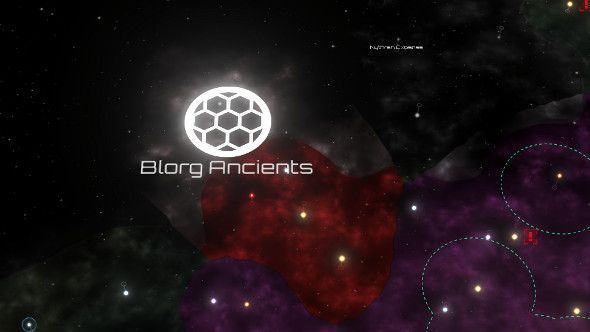
Most of that is waiting for you once you’ve already sunk plenty of hours into your game, though. Until then, the DLC has barely any impact on Stellaris. The Guardians, for instance, simply sit in a system waiting for you to be powerful enough to defeat them, by which point you’ll already be feeling pretty tough and not all that concerned with killing a big beastie and colonising your hundredth system. They could have been an interesting obstacle, but are too easily forgotten.
I find myself similarly ambivalent about the Enclaves. The trader variety serves an important purpose, because until now there hasn’t been a simple way to cash credits in for minerals, or vice versa, but now it’s possible. It’s handy, then, but only makes the absence of a genuine trading system even more obvious. The Enclaves do provide targets for early exploration and expansion however, as they provide extra bonuses to empires whose borders engulf them.
Leviathans eventually leads up to The War in Heaven late-game crisis. It’s the DLC’s hook and perhaps its most exciting feature. Two Fallen Empires collide, drawing the entire galaxy into a war that won’t end until one or both of them are completely destroyed. It’s a huge, dramatic climax to the game, and blessed with more of Stellaris’ excellent writing. It’s also, at last, a realisaton of the potential threat these superpowers are to the rest of the space empires.
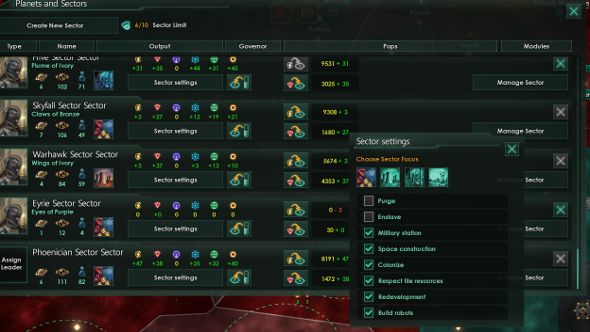
All of this is overshadowed by Heinlein, however, which everyone gets without spending a dime. It’s a huge patch that affects every aspect of Stellaris, worming its way into every nook and cranny. Tech, diplomacy, ship customisation – they’ve all been tweaked and expanded, and joining the changes are some small but very welcome new features.
It’s in the free patch that Fallen Empires get their biggest change, too. While you’ll need to pay for the War in Heaven event, the free update still makes them significantly more lively with the addition of Awakened Empires. These are Fallen Empires who have risen from their slumber for some reason, like another Fallen Empire being attacked, or a regular empire growing too strong. When that happens, they’ll gain new traits and a personality to match their more proactive stance, and will start to attempt to enforce their viewpoint on the galaxy, aggressively.
To deal with these meddling Fallen Empires, you’ll need a beefy armada, so expect to spend quite a bit of time customising your ships. The update makes this both easier and more-in depth. Ship types now have general roles, for instance, informing you how to customise them, but there’s still plenty of flexibility thanks to new giant weapons, combined utility slots, and a broad array of computers that can further specialise a vessel, setting its default attack distance while also conferring special bonuses.
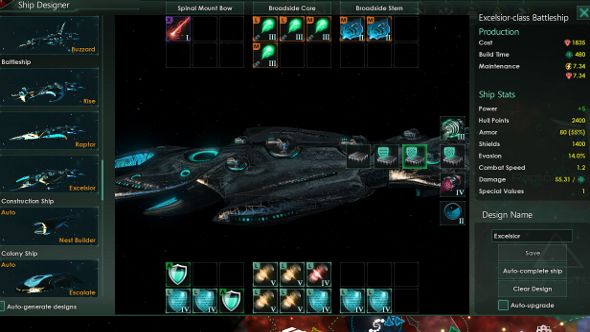
Despite this talk of galactic wars and massive empires cutting a swathe through the galaxy, Heinlein also introduces some more peaceful elements, like a new victory type. The end of a Stellaris game invariably ends with everyone at each other’s throats, but with the Federation victory, high-minded diplomats can continue to feel good about themselves and seek out a more peaceful solution to the fate of the galaxy. It’s more in keeping with the freedom the game espouses until near the end.
The update’s greatest improvements, however, are not the headline additions, but rather the less flashy alterations that have been made to how one manages their burgeoning space empire. Sectors, which have proved to be divisive, though I approve of the philosophy behind them, should win a few more people over, now. The AI can finally be assigned a reasonably specific framework with which to work within, so it no longer feels like you’re carving off a chunk of your empire to give to the computer. You can give them the freedom to colonise worlds within the sector, construct robots, purge the population and even enslave citizens.
The expansion planner is another seemingly simple feature that makes a big difference to fledgling space emperors. Essentially, it makes it very easy to colonise new worlds. You simply bring up the menu, see all the habitable worlds that you know of, along with all their vital statistics, and with a click, you can order a colony ship’s construction. After that, the process is automatic. Everything you need to know and do is contained within a single, legible menu.
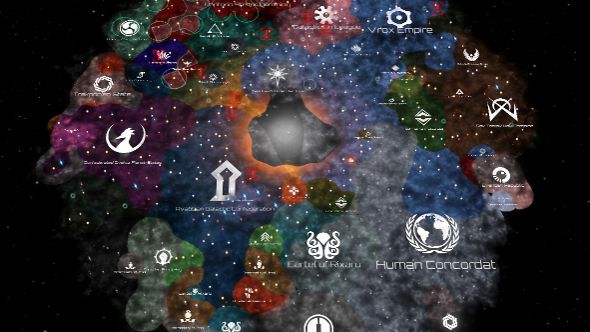
Running a gargantuan, galaxy-spanning empire remains a challenge, and a very hands-on one, but these features, along with some quality of life improvements, help makes the process just that bit smoother, greasing the wheels of stellar management.
It’s strange to be slightly disappointed with Leviathans despite spending entire days completely immersed in Stellaris, yet again. It’s not bad DLC, it’s just mostly invisible for large portions of the game. Yet Heinlein makes up for this entirely, unveiling changes both welcome and meaningful right from the get go. And I’ve only really scraped the surface in this review, almost forgetting to mention the new rally system that makes creating a fleet so much easier, a reworked strategic resource system and, finally, the ability for exploration vessels to auto-explore with the arrival of new techs. Viewed as a single package, it’s excellent, but the paid content is not the real draw here.
